Maybe you wouldn’t imagine a collaboration between Playboy and Disney would ever exist, but you’d be on the wrong side of history. This pairing actually took place in 2010, on the occasion of Tron: Legacy’s release. In a pictorial, the two legendary universes blended together for a dance between the futuristic light suits of Tron and the sexy babes of Playboy. What’s interesting, though, is that this idea had actually been on the table nearly 30 years before, upon the release of the original Tron in 1982.
The original Tron, released 43 years ago this week, took place in a digital universe never before seen on the silver screen. It was so foreign, however, that Disney’s marketing and public relations teams actually didn’t know how to market it yet. According to Moving Innovation: A History of Computer Animation by animator and animation historian Tom Sito, Playboy came along and presented the potential partnership first. The pitch included a “photo spread called ‘The Girls of Tron,’ featuring nude Playboy models with their naughty parts discreetly covered by circuit boards,” Sito wrote. But Disney was by no means at a place where they would accept such an offer from the magazine, whose reputation at the time even barred it from being sold at 7-Eleven convenience stores (Did Playboy do a “Women of 7-Eleven” spread in response? Yes. Yes, they did.) A few years earlier, the magazine had also encountered obscenity charges. The offer was rejected.
The trailer for the original Tron, released in 1982. www.youtube.com
Once the arrival of Tron: Legacy was imminent in 2010, however, Disney had changed its mind. Playboy had also changed a lot since then. As Entertainment Weekly quipped, “The magazine was essentially family entertainment compared to the tidal wave of online smut, so a peek-a-boo pictorial of half-naked cybergals didn't seem so risqué.” The Playboy pictorial, “Game On,” featured models Irina Voronina and Sasckya Porto in various light-suit style ensembles (or lack of ensembles) next to or on the franchise’s famed lightcycles, photographed by Jared Ryder. You can see some of the images here and watch a behind the scenes video of the shoot here, though neither are currently live on the Playboy site.
The trailer for Tron: Legacy, released in 2010. Disney, www.youtube.com
Upon its release, Tron: Legacy quickly became beloved for its bold visuals, which also inspired the Playboy shoot. Incidentally, Tron: Legacy was directed by Joseph Kosinski, who himself has a design and architecture background. The goal was to build on the visual successes of the original Tron, but of course with a modern twist; it had to keep the visual motifs, but expand upon them in a way that would be just as stunning in 2010. Tron: Legacy’s visuals also drew from lauded designers, architects, and artists of the past. This included not just the work of Tron’s original artist Syd Mead (who also designed Blade Runner), but “the clean, stark, geometrical lines of modern architecture pioneers Ludwig Mies van der Rohe and Louis Kahn,” according to Fast Company.
With this visually stunning scene from Tron: Legacy; it's easy to see where Playboy got its inspiration. www.youtube.com
And even as the first Tron film celebrates an anniversary, there’s another one on the horizon: the next Tron film, Tron: Ares, is scheduled for an October 10, 2025 release. If the series’ past designs are any indication, we’re in for another visual feast.
Tron: Ares arrives on October 10, 2025. Disney, www.youtube.com








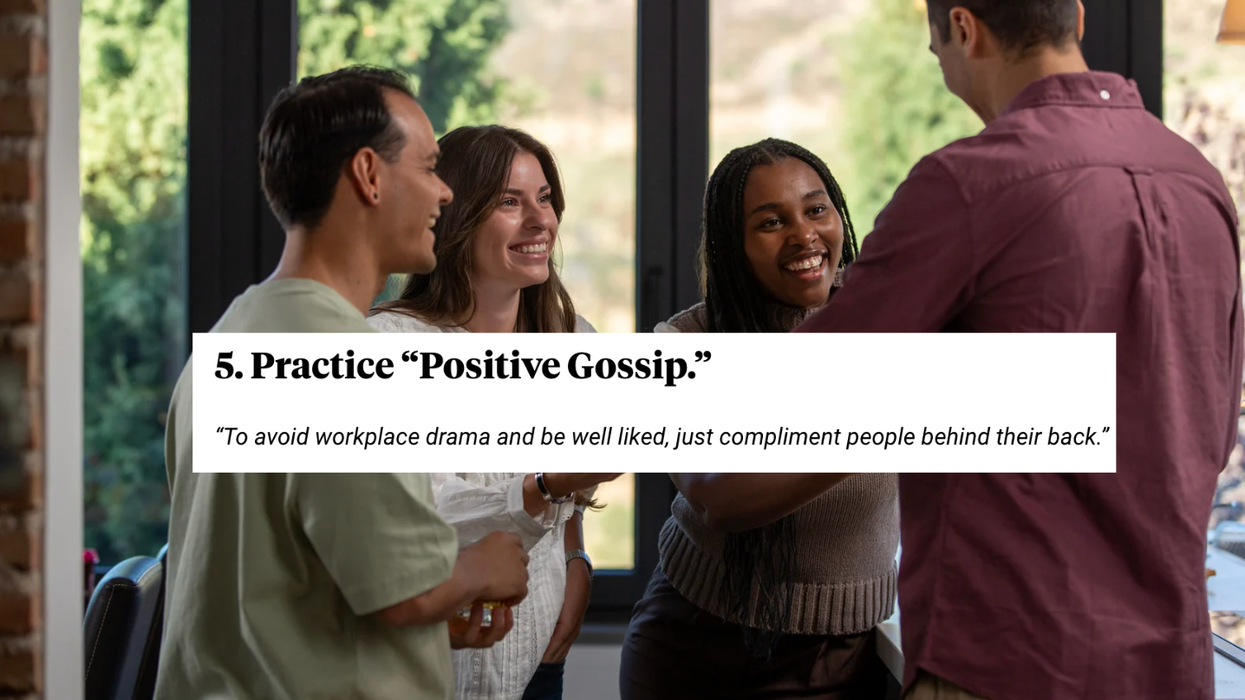
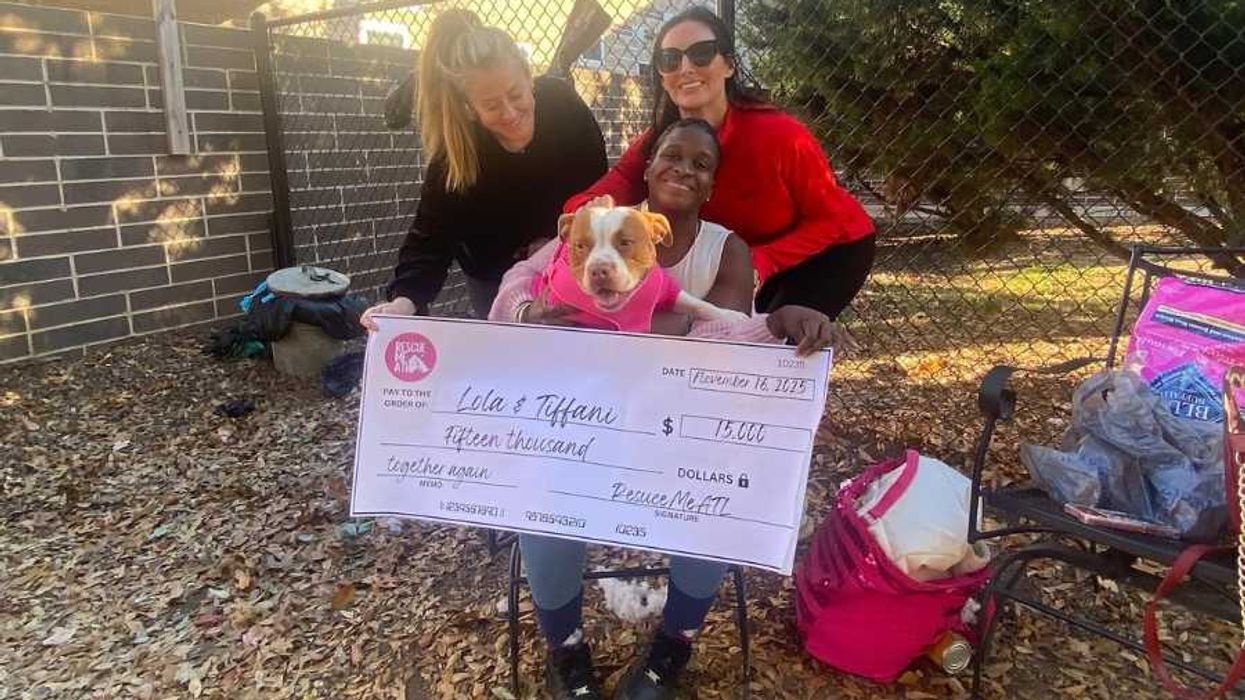


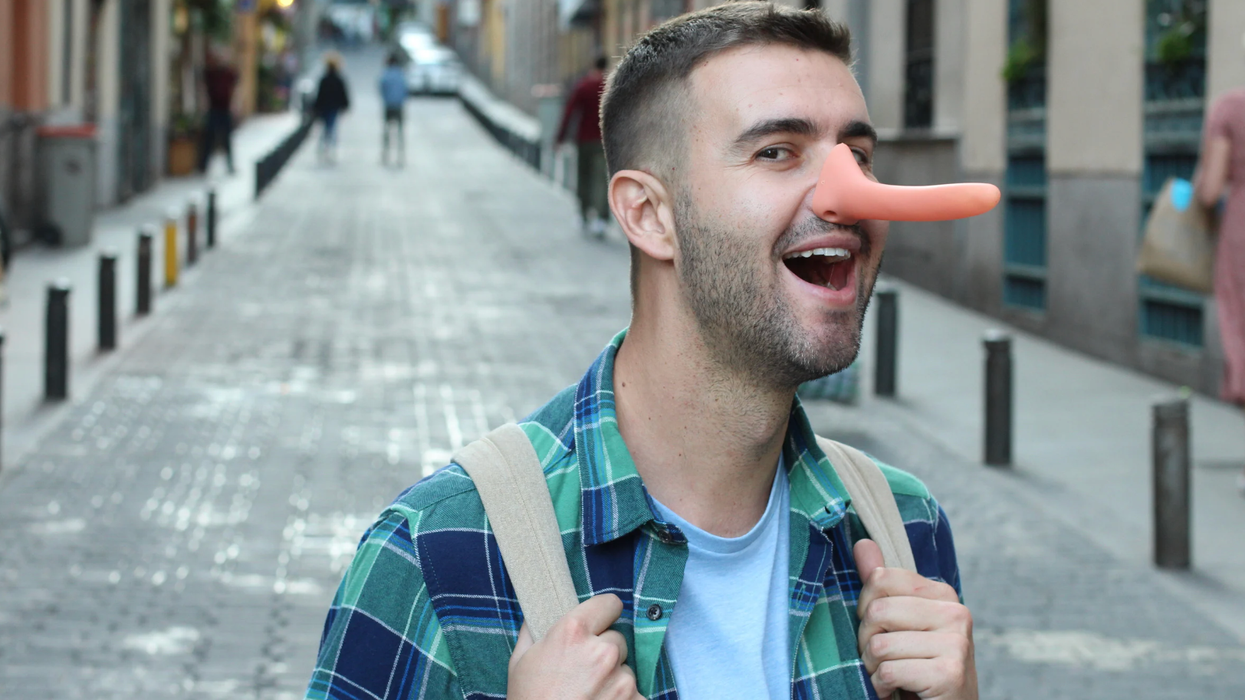
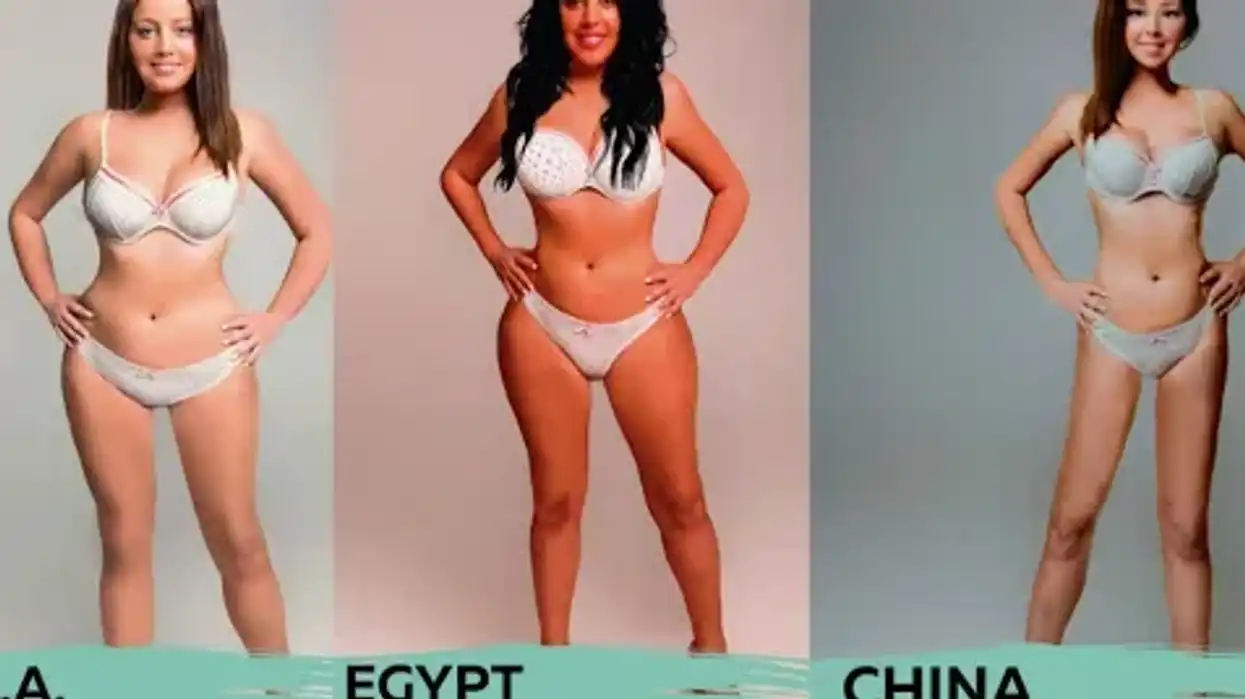



 People on a beautiful hike.Photo credit:
People on a beautiful hike.Photo credit:  A healthy senior couple.Photo credit:
A healthy senior couple.Photo credit:  A diverse group of friends together.Photo credit:
A diverse group of friends together.Photo credit:  A doctor connects with a young boy.
A doctor connects with a young boy.  Self talk in front of the mirror.Photo credit:
Self talk in front of the mirror.Photo credit:  Lightbulb of ideas.Photo credit
Lightbulb of ideas.Photo credit 

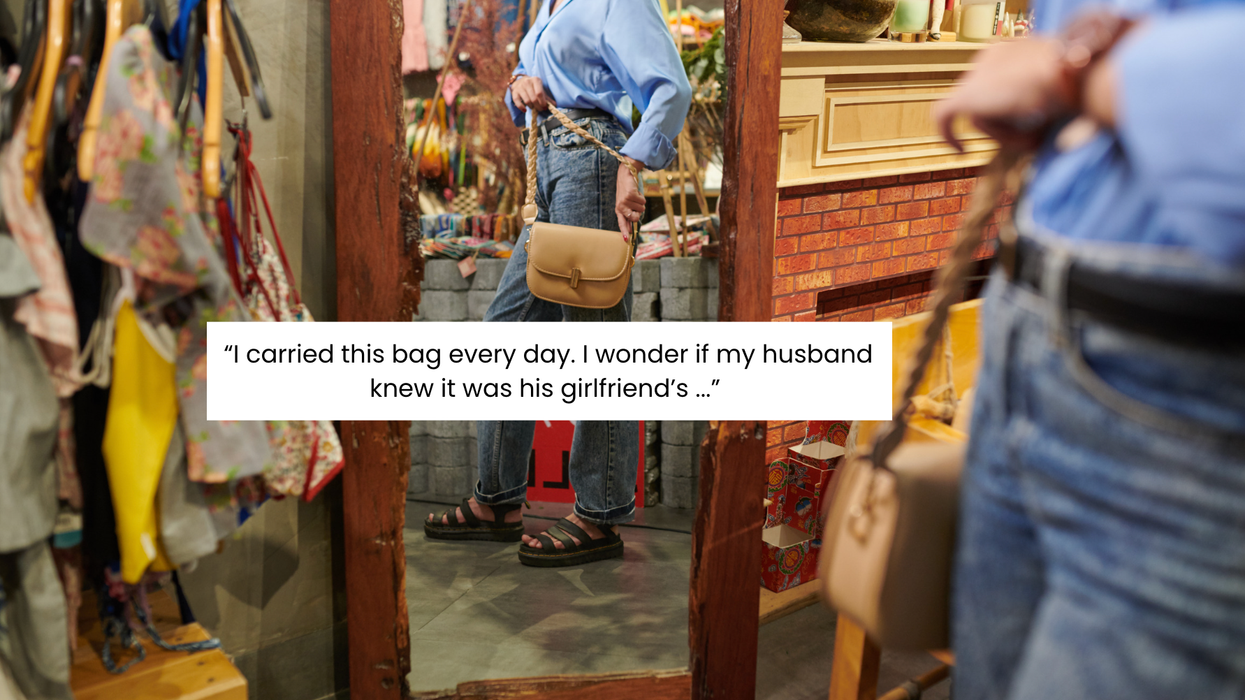
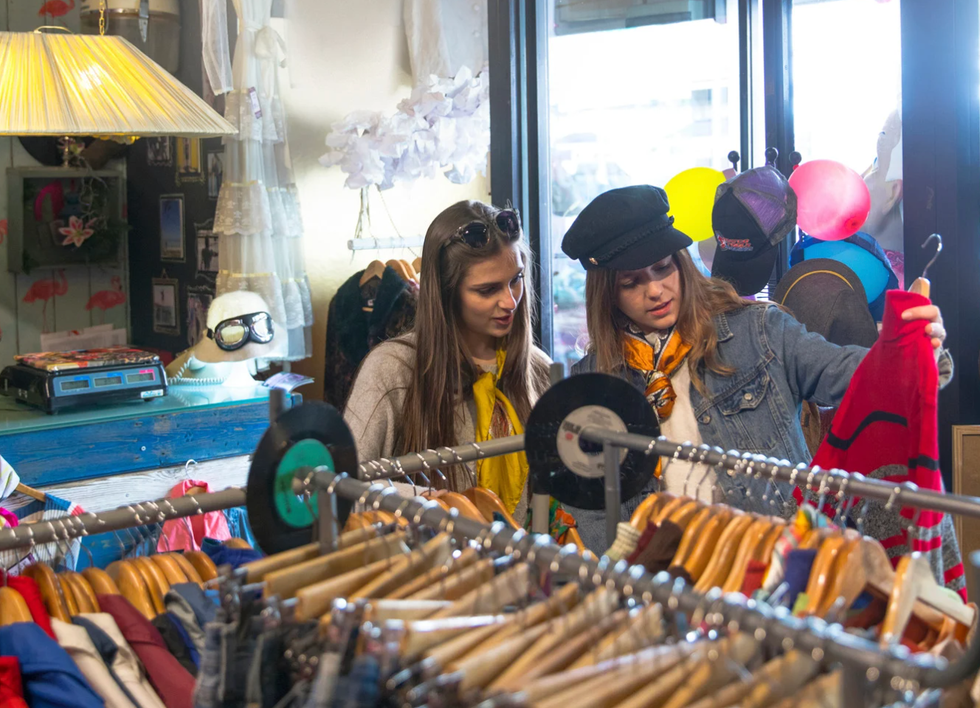 Two women shop at clothing storeCanva
Two women shop at clothing storeCanva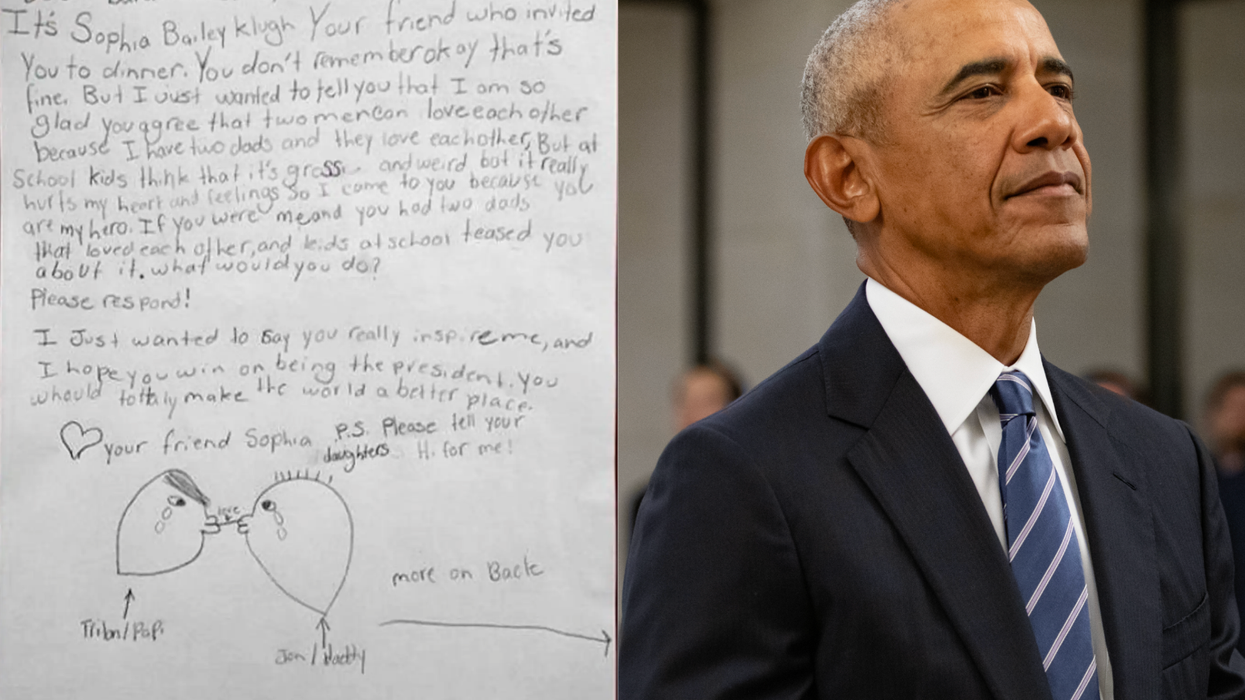
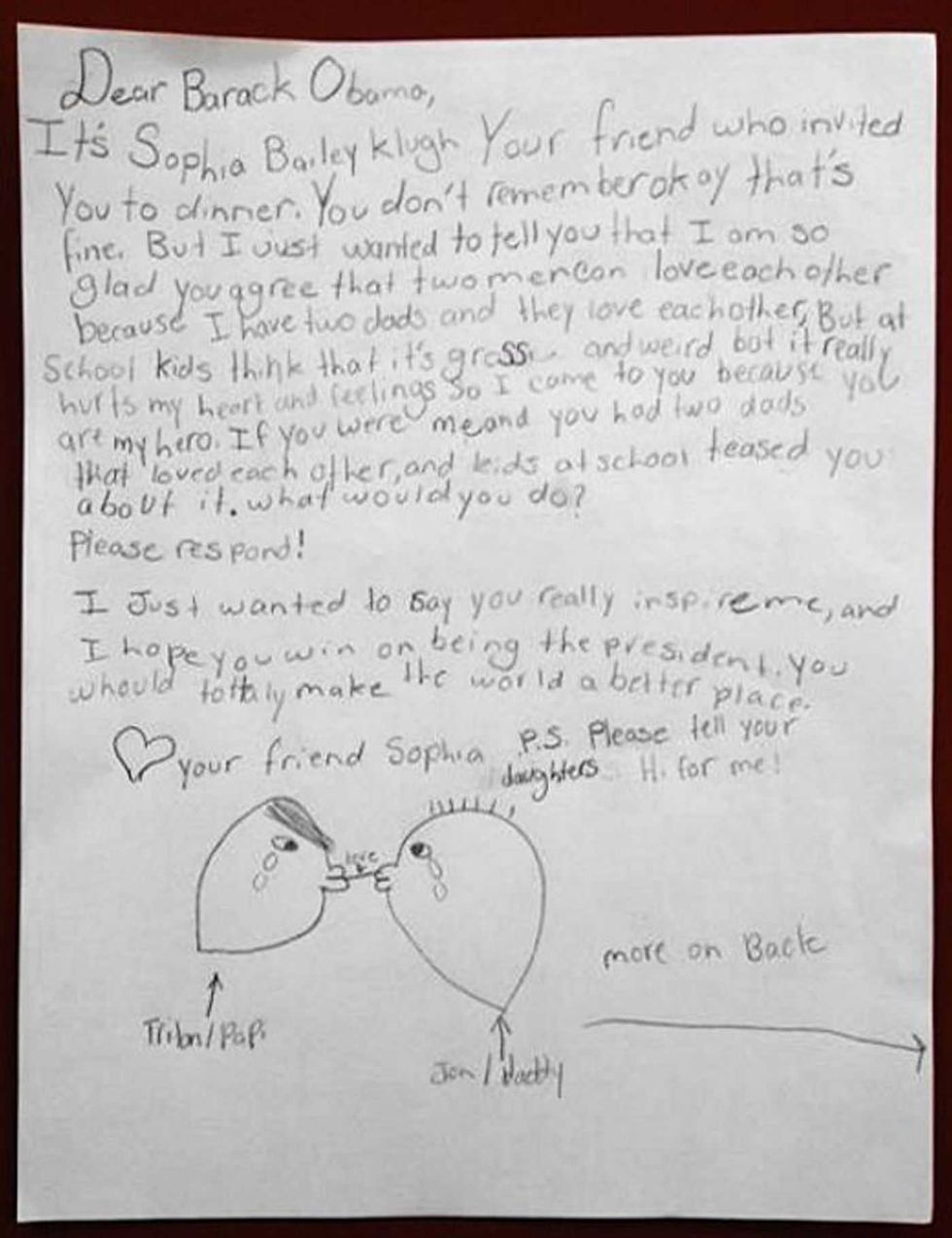 Copy of Sophia's letter to President Obama
Copy of Sophia's letter to President Obama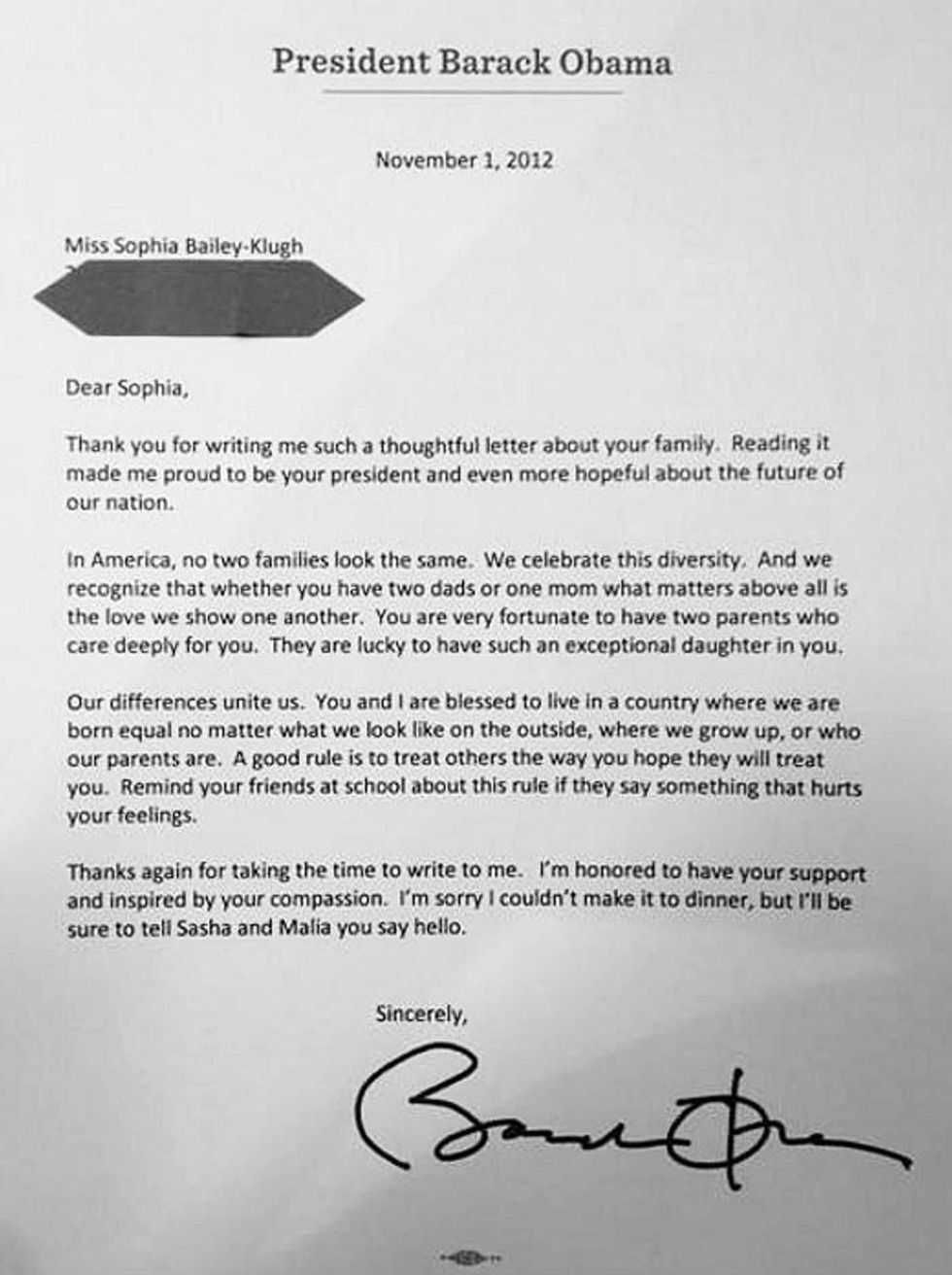 Barack Obama's letter to Sophia
Barack Obama's letter to Sophia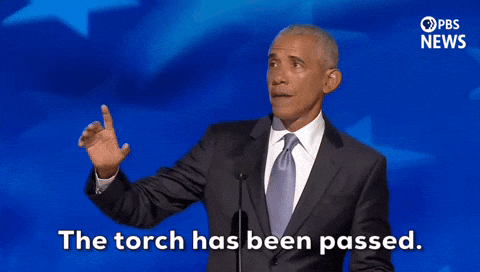 Gif of Obama saying "The torch has been passed" via
Gif of Obama saying "The torch has been passed" via 
 A mom is very angry with her sonCanva
A mom is very angry with her sonCanva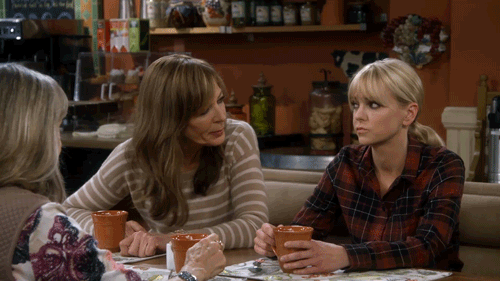 Gif of two women high-fiving via
Gif of two women high-fiving via 
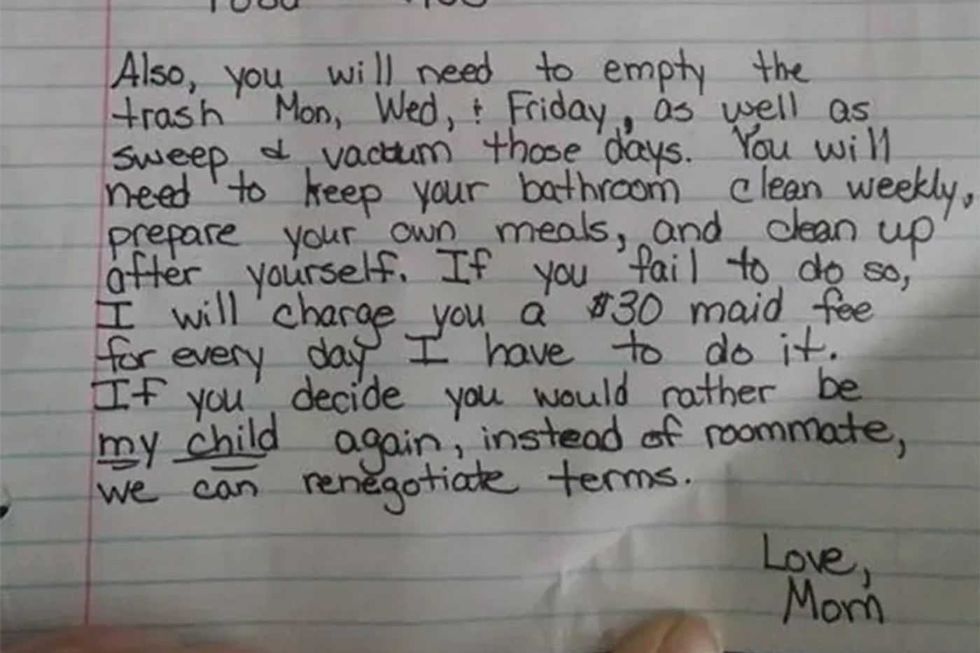 Photo of a handwritten letter from Heidi Johnson's Facebook page
Photo of a handwritten letter from Heidi Johnson's Facebook page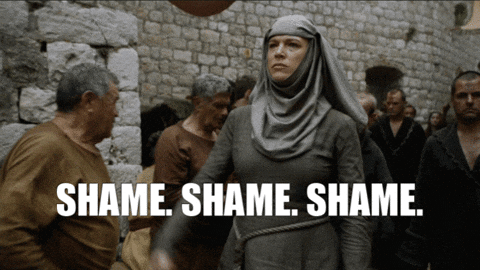 Gif of someone repeating "shame" via
Gif of someone repeating "shame" via 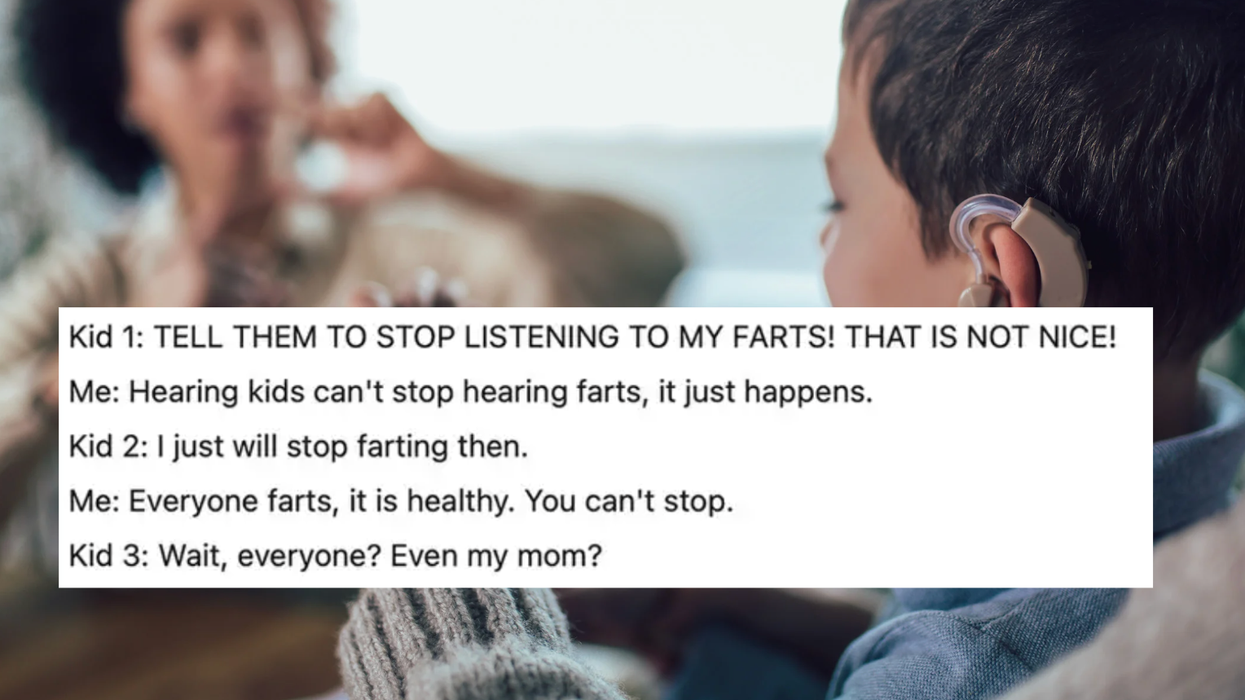
 A young girl learning sign languageCanva
A young girl learning sign languageCanva